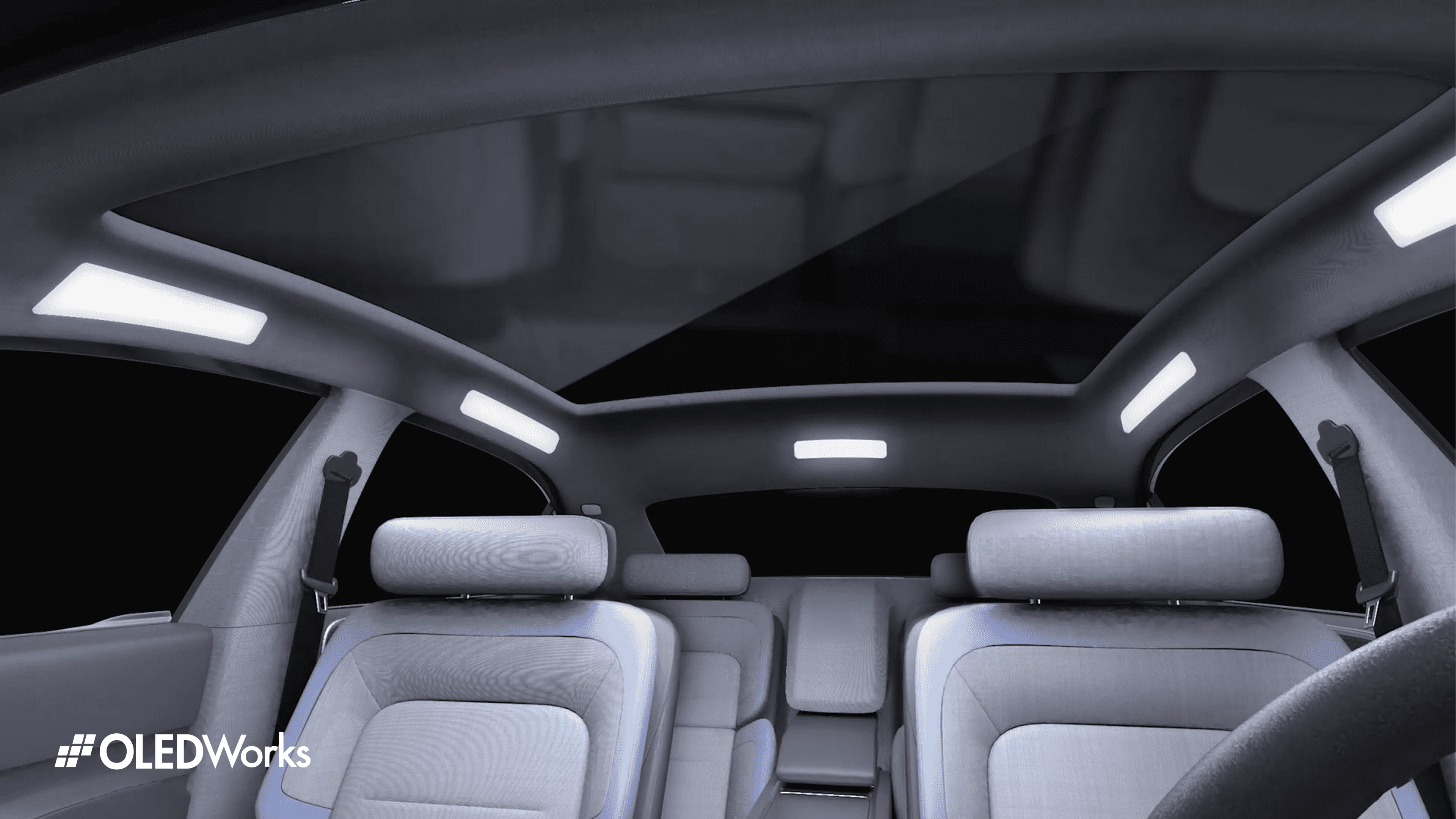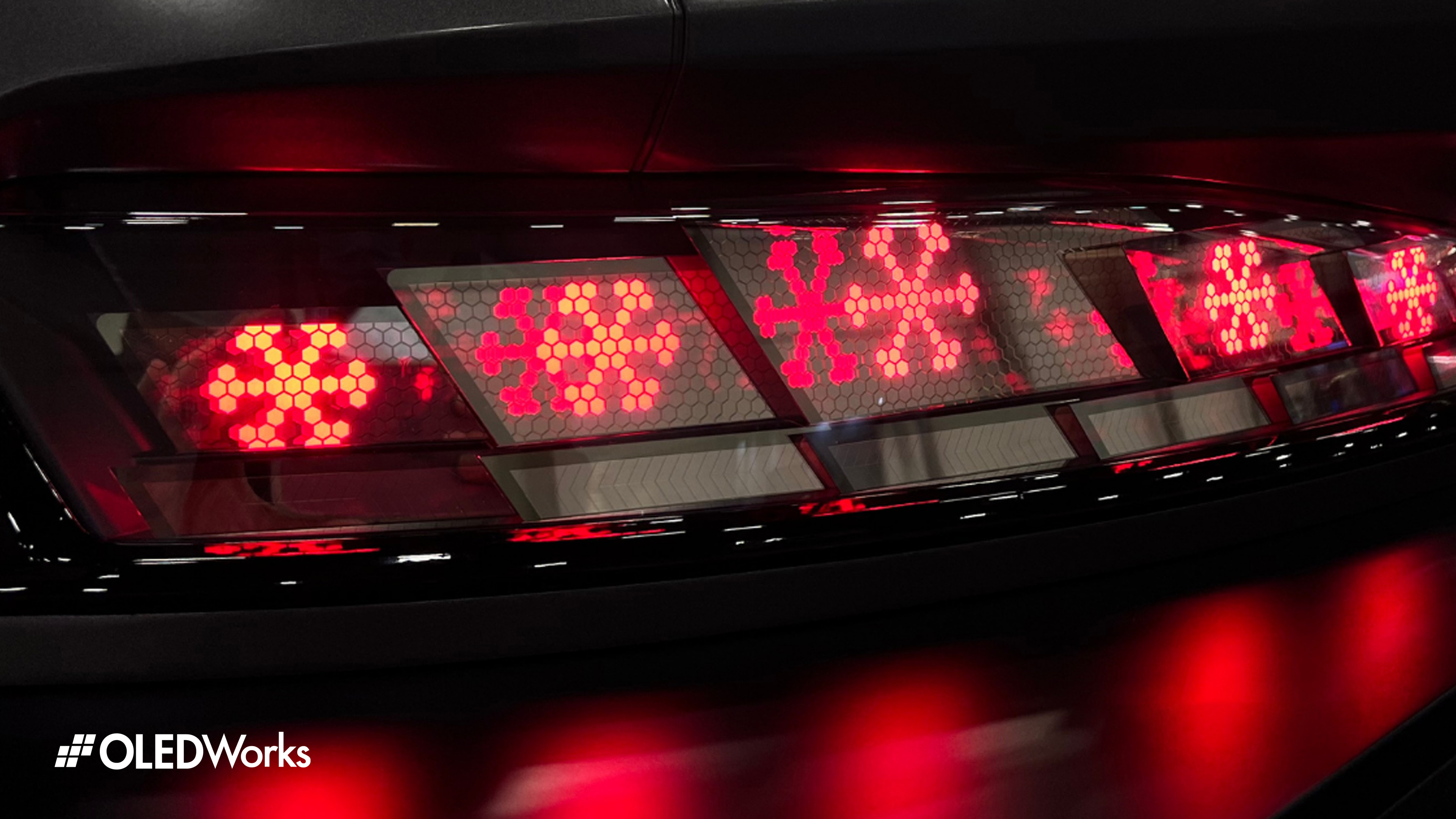




The technology using organic OLEDs for the automotive industry is primarily about safety, but also a breakthrough in the design of lamps and entire exterior and interior lighting systems for transport.
OLED lamps represent a new chapter in lighting design. It is the immediate future for innovative solutions in the automotive sector. OLED systems are an innovative lighting technology based on organic light-emitting diodes.
OLED lights are digital lights. Digitalisation turns them into a display and opens up new possibilities in terms of styling, personalisation and safety.
.jpg)
Organic OLEDs enhance the safety of drivers and pedestrians with their superior back-lighting efficiency. However, they also offer health and environmental benefits that can be implemented in the vehicle interior. Interior OLED lighting solutions provide the same benefits as rear exterior solutions, such as reduced space, reduced weight and improved efficiency. In addition, the diffused character of OLEDs means that they are virtually glare-free and provide comfortable and soft lighting.
OLED lighting does not emit UV light, which can be harmful to the eyes and skin, and has been classified as exempt from photobiological risk by the IEC, making it a healthy lighting solution to place close to the user. The OLED panels produce soft lighting that contains very low level of circadian blue light, making it ideal for evenings. It does not suppress the production of melatonin and therefore does not interfere with sleep or the night-time biochemical processes of disease control in the body. An additional advantage of the absence of UV radiation and short blue waves is (as scientifically demonstrated) that they do not attract insects, resulting in a minimised attraction of insects to the vehicle interior.

In addition to exceptional performance and quality, OLED lighting also has sustainability benefits. It does not contain any toxic metals and is energy-efficient. By using a thin profile, the diodes in OLED lights also save space and reduce the overall weight of the backlight system.
The reduced weight of the lighting system in vehicles allows for improved fuel efficiency and reduced emissions. Fewer components in the lighting luminaires and the use of non-toxic materials result in a smaller manufacturing area and easier recycling at the end of the life cycle. Due to their shape and function, OLED lighting provides the design freedom to optimise system performance in terms of energy consumption and other factors related to greenhouse gas emissions.
